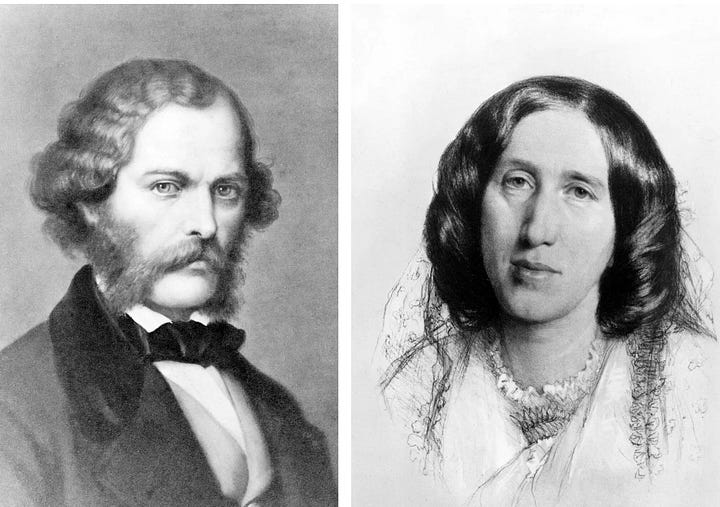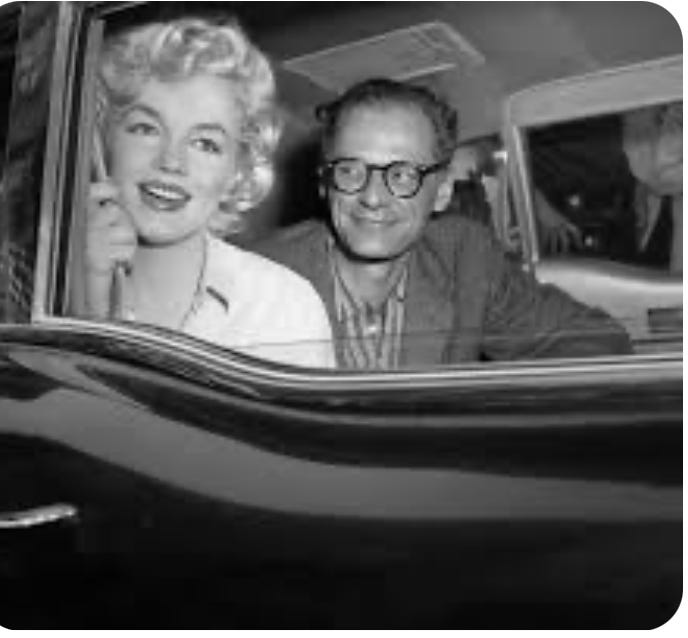My Friend's Dating Profile
I have a friend named Lily whose dating profile reads as follows.
I’ve been described by a close male friend as “amazingly pretty, vigorous, exquisite, with charming eyes, soaring grace, and an artistic intelligence.”
My beauty would be best captured by the look in your eyes when you meet me.
I dress well, I’m slender, and I hate anything that’s dingy. I come from a good family. I’m looking to marry a man of means who also comes from a good family. He need not be especially handsome but he cannot be dull, dyspeptic, or repulsive. And given the refinement of my tastes, repulsive is not as easy a bar to clear as one might think.
If you and I are not suited for one another and you are on Wall Street, I would be grateful for some investment advice. I have a tiny portfolio badly invested, with a dwindling income, and I’m afraid I’m ignorant of money matters. If you have some tips for me…
I could also use some bridge lessons as I always seem to play my cards badly and lose money I really can’t afford to lose.
My friend Lily Bart is still unmarried and always will be since she lives inside Edith Wharton’s great novel of the first Gilded Age, The House Of Mirth. 1
Despite Lily’s faults––she’s a snob and ignores almost anyone who isn’t of use to her––it’s hard not to love Lily. And hard not to hate the people and the system of “society” that through its very frivolity has the power of debasing people and ideals. Lily is debased and then destroyed, a victim of the strictures of that society that give women no choices except marriage or spinsterhood. 2
There’s something that strikes me as uniquely sad about a beautiful woman whose life confounds her hopes and dreams.
Lily’s available marriage trades
The entire point of Lily Bart’s upbringing was to use her beauty and charm as currency in exchange for a wealthy husband. That was her only option. But Edith Wharton’s novel acts as a terrible dating app for Lily in that she gives Lily marriage choices that are problematic or ill-timed.
Percy Gryce, for instance, is rich but so unimaginative and dull that while at a country house weekend, Lily thinks that to spend time with Percy is to be “a wayfarer [who] picks up a heavy load and toils on.” And if she succeeds in getting Percy to propose marriage, he would be “[doing] her the honour of boring her for life.” 3
Another suitor, Rosedale, is the striving arriviste (warning––antisemitic tropes ahead) desperate to rise in Gilded Age society. Lily describes him as
“a plump, rosy man of the blond Jewish type, with smart London clothes fitting him like upholstery, and small sidelong eyes which gave him the air of appraising people as if they were bric-a-brac.” 4
Rosedale proposes and Lily rejects him. Later, after Lily has fallen on very hard and desperate times and Rosedale has made great strides in being accepted by society, Lily decides she’s desperate enough to marry this man that she thinks of as “gross, unscrupulous, rapacious.” But by then Lily has lost her social currency, and Rosedale sets conditions for marriage to Lily that she finds morally repugnant.
Lily’s true love is the male version of herself in charm and intelligence, Lawrence Seldon. But Seldon is poor by society standards, and he is scared to marry Lily. At first because he knows he can’t fulfill her material ambitions and later because she’s fallen too far in her social standing. It’s very frustrating to see Seldon and Lily never connect!
Matched sets
After reading a novel that emphasizes the main character’s beauty in the context of marriage, I thought about the married couples my wife Debbie and I know well and whether, just on the basis of appearance and our own subjective standards, the couples were more or less equally matched. Debbie and I could not think of a couple we know well where a divergence in appearance was noteworthy.
Of course, the beauty for wealth trade happens frequently. But Debbie and I don’t know couples where a trade like that is evident. I think that has to do in part with our age. I can more readily think of a few couples we knew many decades ago, when we were in our twenties and thirties, where superficially it seemed like a beautiful girl was with a guy for his wealth. Also, we generally don’t hang out with a “fast set,” where I’m told that pairings of a female model with a trust fund guy are not unusual.
There are also matched pairs where a beautiful woman or handsome man might match with a less attractive partner who has some specific type of genius. Below, George Henry Lewes and George Eliot (author of Middlemarch, born Mary Anne Evans) is one such pair. Marilyn Monroe and Arthur Miller another.


In any event, as opposed to a marriage trade of beauty for wealth or beauty for outsized talent, it seems much better for a marriage to be based on similarity of various surface aspects––education and social class but also similarity of attractiveness. Ideally, you will think your spouse is either equally or more attractive than yourself. Debbie and I think of each other in that “equally or more” category. After forty years, I still ask myself the question “Is she really going out with me?” And Debbie once asked me the treacherous question of
“Yes or no, have I always been this ugly?”
A “renovation” husband
It’s instructive to think of Lily Bart in today’s world. Someone with her beauty and style and wit would have so many more life options both inside and outside of marriage. In addition to all the obvious career choices available to someone of her beauty and talents, a modern Lily could marry men from families outside her social class.
As for Lily’s high bar of repugnance, as a strong-willed modern woman she could take a prospective husband in hand and improve his appearance. A “renovation husband.”
She would view the appearance of her husband as an ongoing aesthetic project. She’d tell him what clothes to wear, buy him some bracelets and a necklace to make him look a little less stuffy, insist he maintain grooming standards with monthly haircuts, weekly manicures and even pedicures from time to time. Without regard to the pain caused, she’d tweeze any hairs that grew on his ears or escaped from his nostrils. She’d give him positive reinforcement when he worked out.
She’d tell him often that he was very handsome. But convince him that since she created him from her unique aesthetic vision, any compliments from other people were expressions of politeness and nothing more. He would only be very handsome to her, and her alone.
Of course, I’m talking about my own marriage. Like Lily, my wife Debbie has a sharp and heightened aesthetic taste, which she deploys on everything that surrounds her including me. I am a willing mannikin.
Question for the comments: How important is mutual attraction to a relationship?
The description of Lily by the close male friend is from Lawrence Seldon’s point of view in The House of Mirth
From A Backward Glance, Edith Wharton’s Autobiography.
“…a frivolous society can acquire dramatic significance only through what its frivolity destroys. Its tragic implication lies in its power of debasing people and ideals. The answer, in short, was my heroine Lily Bart.”
The House Of Mirth
The House Of Mirth



I think Arthur Miller is cute!!!
This essay reminds me of a fashion editor I used to know, who fell madly in love and with a man whose sense of style left much to be desired. She knew it was mutual when he threw his arms open wide and said, “Dress me, I’m yours!” They didn’t last but I still love the line.